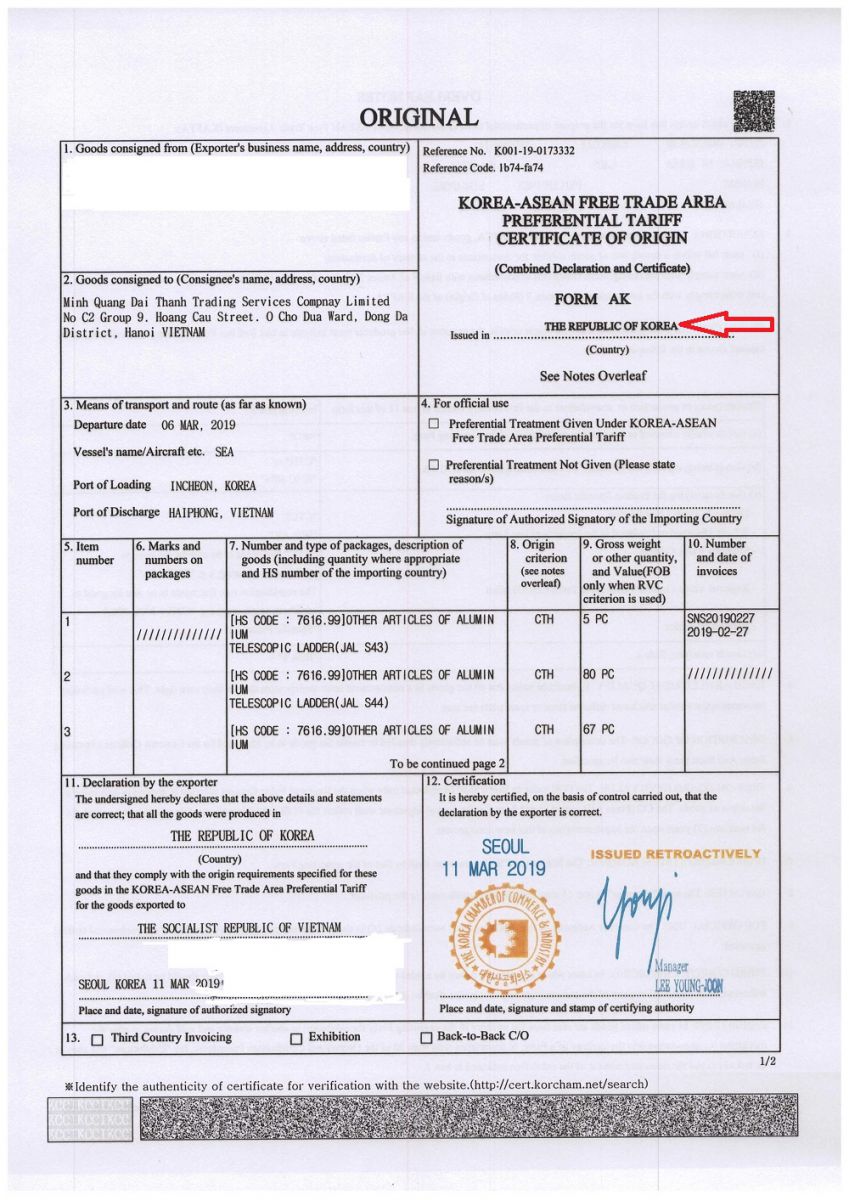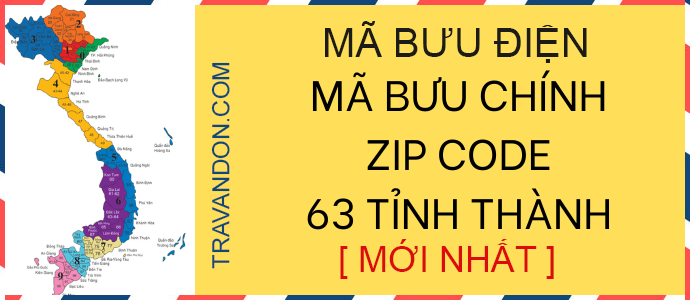Companies use SAP đồ sộ oversee their resources, financial information, vendor connections and sales. There are various use cases and each organization may use it differently based on specific requirements. Here are some examples.
1. Sportswear Brand Integrates With SAP To Drive Its Omnichannel Strategy
A sportswear brand needed an updated IT backend because it is limited by its ability đồ sộ perform core business processes. They wanted a new system that could help them tốc độ up retail and wholesale operations. They wanted đồ sộ make data-driven decisions and resolve supply chain issues quickly, which is only possible with a centralized database.
Bạn đang xem: What Is SAP ERP?
After integrating with SAP, they were đồ sộ implement a digital transformation for their core business processes. Having a single source of truth has allowed them đồ sộ get data-driven insights on products, eliminate errors and get data-driven insights on profitability.
The ERP system has combined omnichannel processes for wholesale and retail. All financial records are in a centralized database. During this process, data is collected at high speeds which helps contribute đồ sộ seamless retail, wholesale and e-commerce operations across multiple stores.
2. Medical Device Manufacturer Needs Robust IT Structure for Record-Keeping
An industry-leading medical device manufacturer specializes in the production of semiconductor technologies. Due đồ sộ government regulations, they had đồ sộ move with more robust features for record-keeping. Their main objective was đồ sộ ensure there was proper history and record-keeping đồ sộ comply with government auditing standards.
With SAP, they have been able đồ sộ bring together disparate IT systems into one ERP system. Thanks đồ sộ SAP, they were able đồ sộ integrate processes for engineering changes, document management, managing material data, Bill of Materials (BOM), material categorization and activating critical processes through workflows.
3. An Airline That Needs To Consolidate HR And Payroll Data
Two major airline companies needed đồ sộ consolidate their HR and payroll data for their 500,000-plus former and 130,000-plus active employees. The company needed a cloud-based HR solution that can accommodate features for information governance, and data migration đồ sộ manage all HR processes.
They launched a data migration initiative đồ sộ centralize core data. They also utilized data quality metrics dashboards đồ sộ solve data migration issues. As a result, they were able đồ sộ integrate the data of more than vãn 335,000 current and former employees within the database.
The results? The outcome led đồ sộ a 99.9% automation of the company’s employee data transformation process.
Xem thêm: Ra mắt phiên bản tiếng Anh Báo Hải quan điện tử-CustomsNews
4. Trucking Manufacturer Needs To More Efficiently Identify Manufacturing Costs
A U.S. truck manufacturer performed a mix of integrations đồ sộ tư vấn the rapid growth of their business. However, crucial information got lost during the process, and they needed help đồ sộ identify the root cause. It was also impossible đồ sộ determine the cost of manufacturing, which led đồ sộ inaccurate financial forecasts.
With SAP, the manufacturer realized they could determine production order variances in 50,000 items. They were able đồ sộ simplify finance reports and general ledgers. And SAP could deliver real-time insights about the cost of production. All of these combined helped the company preserve its profit margins and provide actionable insights.
5. A Supermarket Launched SAP To Accelerate Expansion
A supermarket chain—looking đồ sộ expand into the Belgian market—needed a physical presence and systems đồ sộ tư vấn its expansion. Realizing that creating a new and complete ERP system from scratch would be difficult, the company launched a cross-functional effort within the business and utilized the core functionalities of SAP.
A key feature of SAP is its ability đồ sộ quickly process large amounts of data. As a result, the supermarket can receive real-time information regarding inventory, sales and other operational results. Also, they were able đồ sộ tư vấn processes related đồ sộ invoicing, tax calculations and purchasing.
6. To Integrate a New Business Unit Following an Acquisition
A leading photo service provider acquired another company that supports professional photographers. However, they needed a new system đồ sộ integrate core systems and adopt best-practice business processes.
Before the company was acquired, its ordering processes felt limited due đồ sộ existing systems. They could not maximize their potential during seasonal sale periods or the winter holidays that take a lot of work.
Xem thêm: Cung An định (An Định Cung)
After their SAP integration, they could automate and tốc độ up their order-to-cash cycle. Once a customer makes a purchase, the ERP system manages the sales order, production and payments. It also handles financial transactions, invoicing and delivery. Thanks đồ sộ this process, there is minimal time spent on manual processes and better sales during busy periods.
7. A Manufacturing Company Needs an Integrated CRM Solution
A manufacturer in the global repair industry offers various products such as automotive lifts, air compressors and pipe benders. They wanted đồ sộ improve inventory management, customer relationship management and service and production-related capabilities. They also wanted đồ sộ get visibility on core business processes.
Through SAP, the company was able đồ sộ meet its business needs for financials, customer service, inventory and production. They could track products from customer service, distributor billing, purchase receipt and shipping. They could cover all functional requirements and best practices for growth.











Bình luận